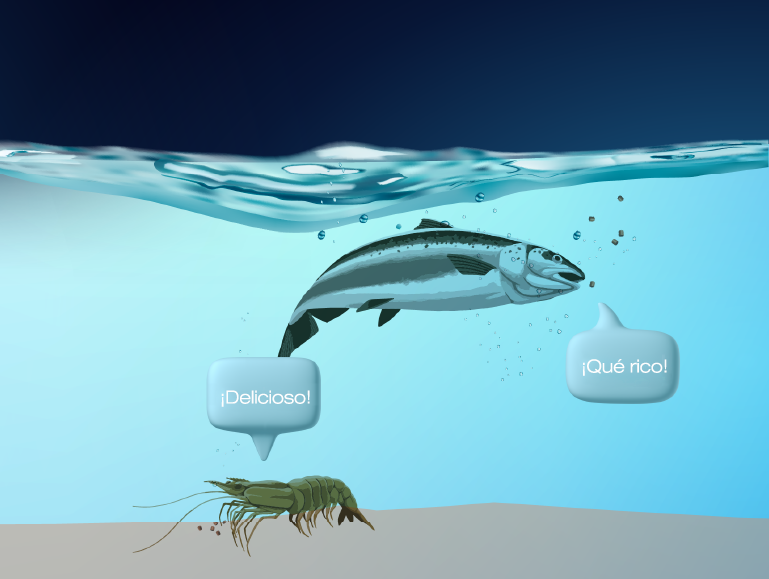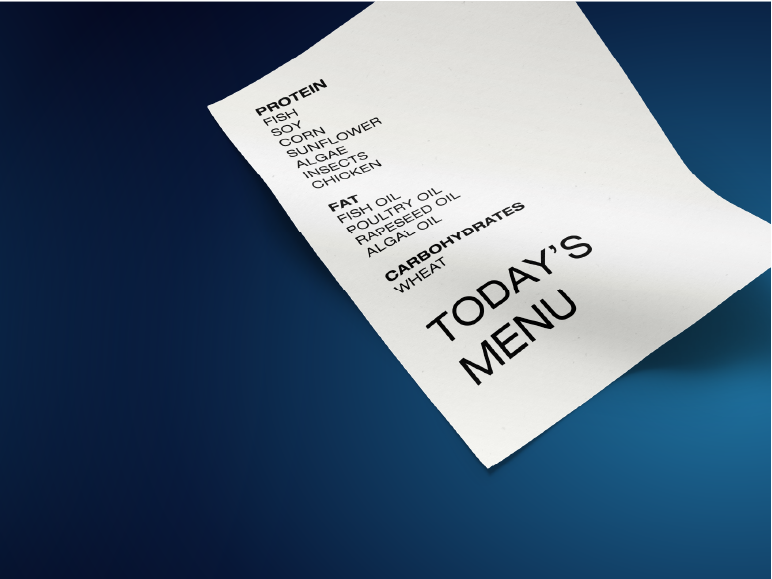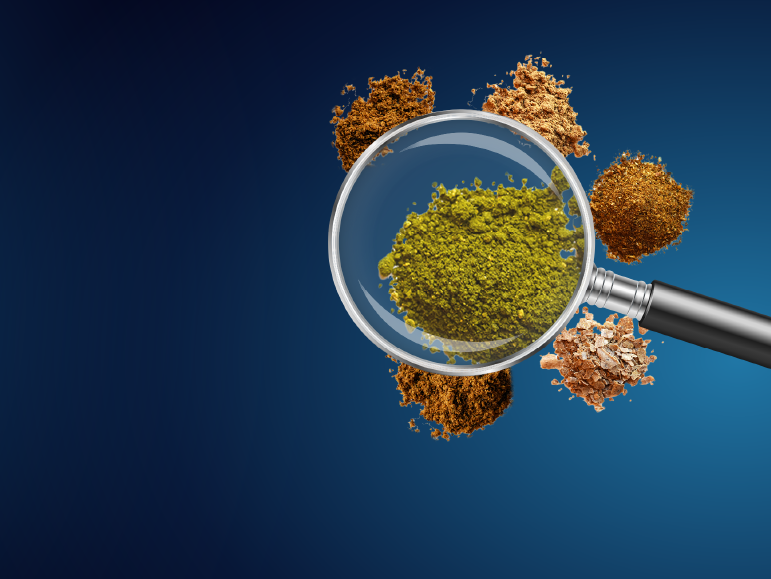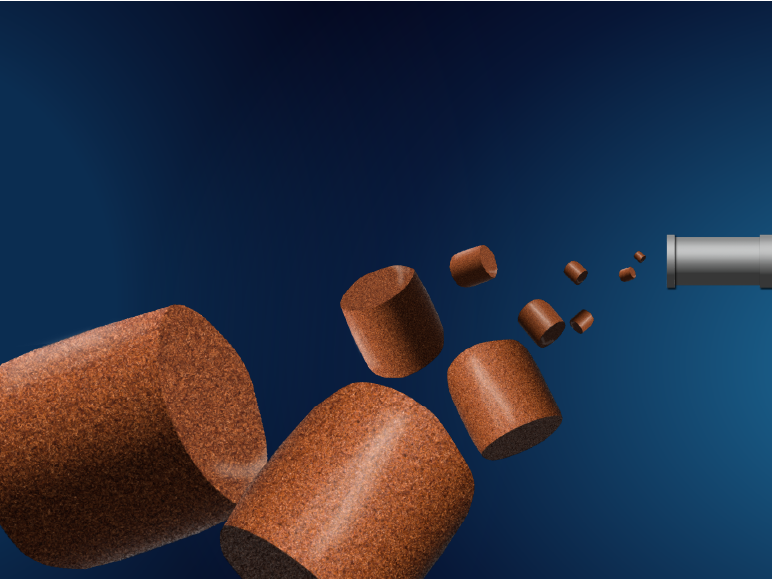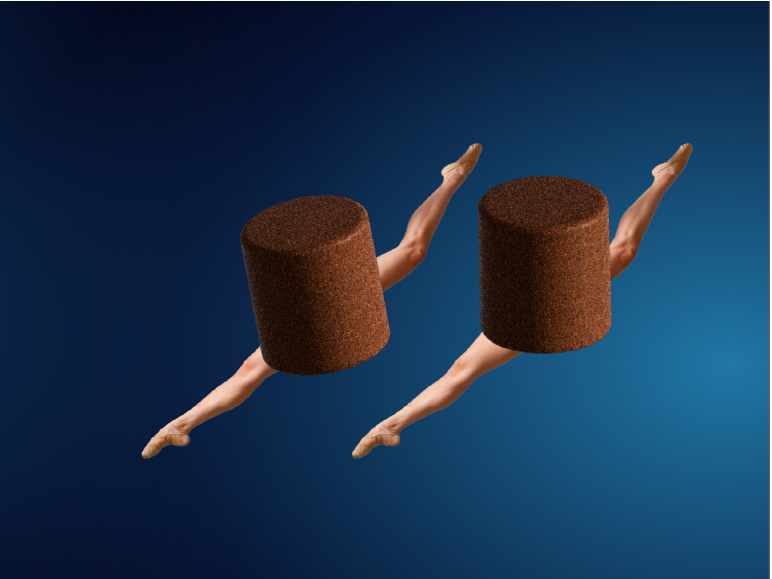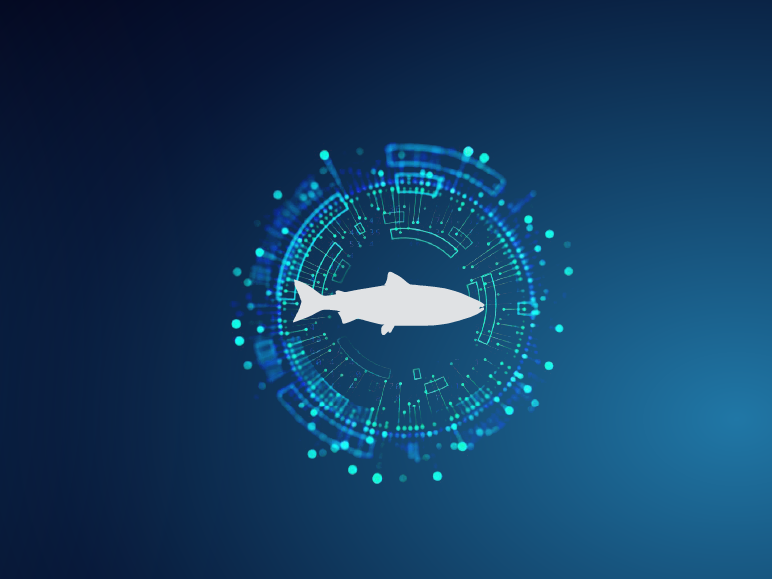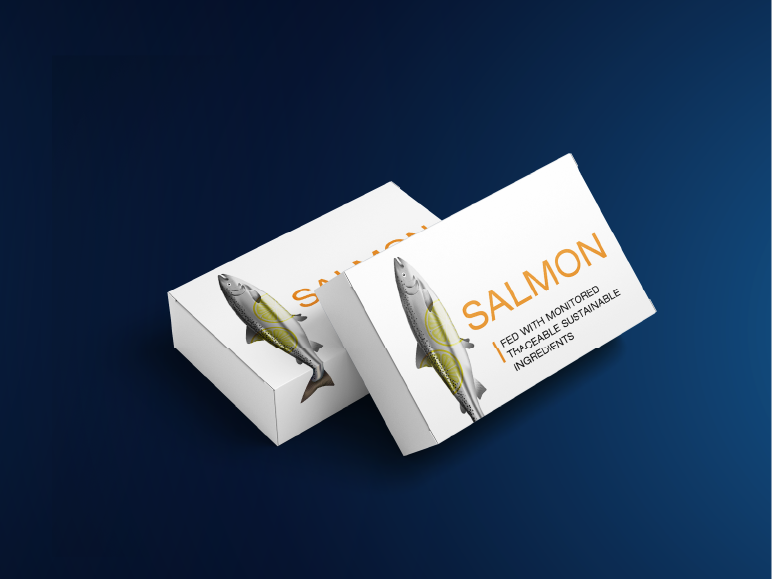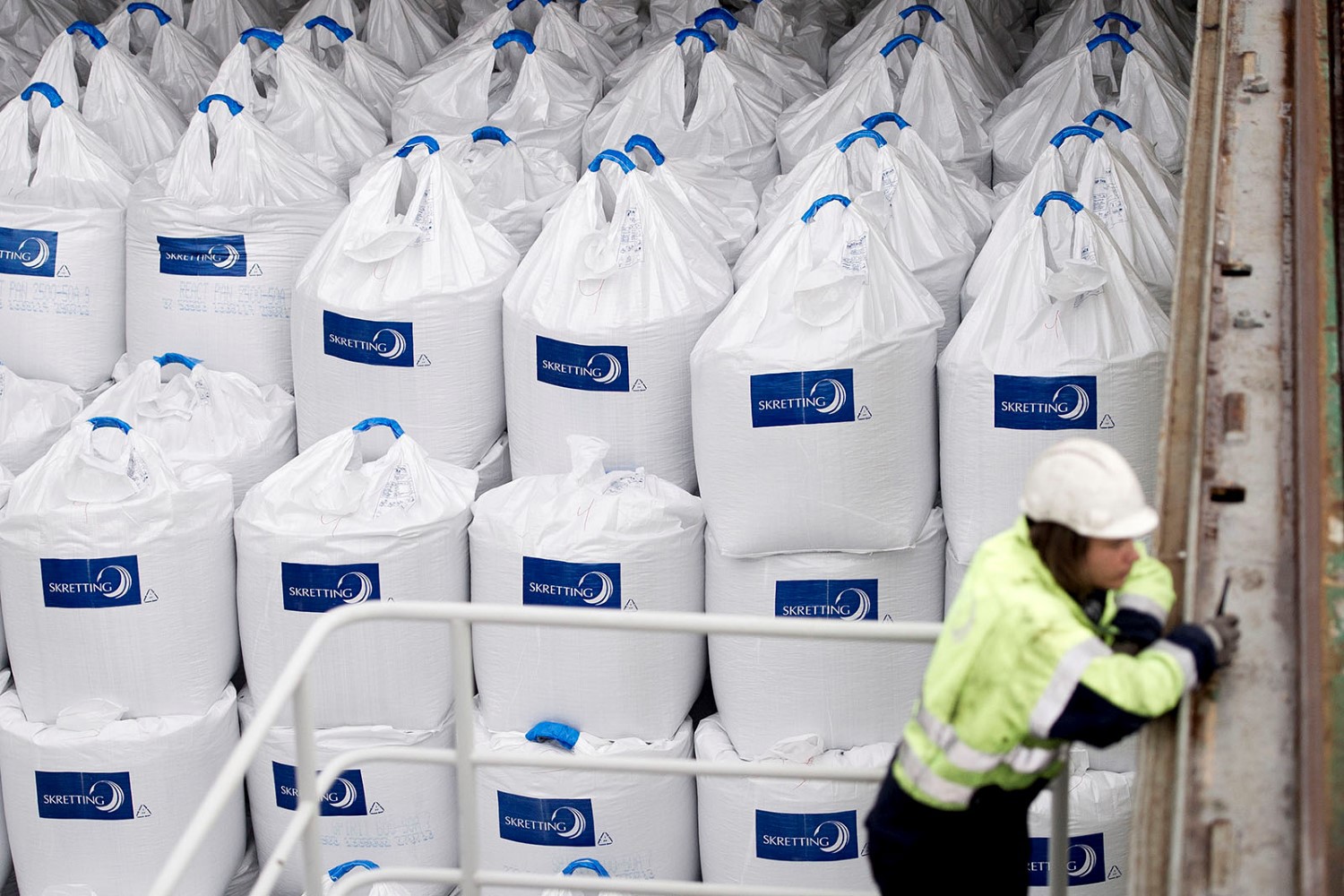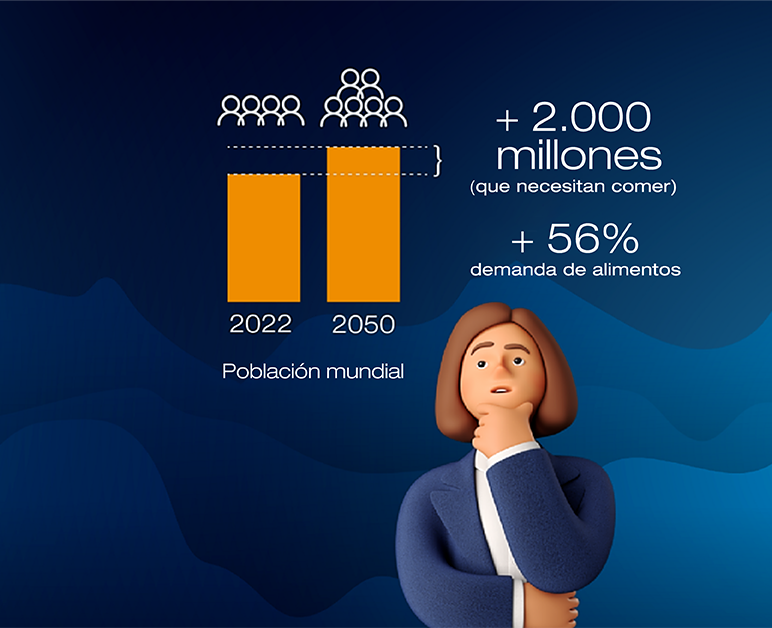
A little history and about the future of blue foods. Or what the same, "why does Skretting exist".
Before we dive into the pellet itself, let's talk about why we're here. The challenge of global food security is simple and well-known: by 2050, the world will need to feed 2 billion more people, an increase of a quarter over the world's population today. The demand for food will be 56% higher than in 2010. This must be achieved without more cropland and with a limited amount of fresh water.
Therese presents....

Blue foods
Demand for blue foods (foods that have been raised in water) is expected to double by 2050. The Blue Food Assessment, launched in 2021, has highlighted the possibility of meeting this demand mainly through the expansion of aquaculture.
"Blue foods provide much more than protein. Many species called blue foods are rich in nutrients such as zinc, iron, vitamin A, vitamin B12, and omega-3s. Eating more blue foods can help prevent obesity. Consuming more blue foods can help prevent noncommunicable diseases and nutrient deficiencies, especially in regions and populations with a high rate of malnutrition.
Blue food systems sustain the livelihoods of 800 million people around the world and are a cornerstone of many rural and national economies, from large-scale fisheries and aquaculture to the most modest fishers and producers." - Evaluation of blue foods.
Did you know? Aquaculture continues to grow faster than any other major food supply sector, and is expected to provide 60% of fish and seafood for human consumption by 2030.
Aquaculture is one of the most important food successes of recent decades. In terms of production, aquaculture continues to grow faster than any other major food supply sector, and by 2030 it is expected to provide 60% of the fish and seafood consumed by the population.
At the same time, nearly one-third of wild fish stocks are currently fished at biologically unsustainable levels, triple the number in 1974. With an average consumption of more than 20 kilos of fish and seafood per year, aquaculture is set to bridge the gap between supply and demand. The pressure is strong. How to do it sustainably? Growth always comes with challenges, especially in terms of sustainability. As can be seen from our sustainability ambitions, we are determined to meet that challenge head-on.
With an average consumption per person of more than 20 kilos of fish and seafood per year, aquaculture must bridge the gap between supply and demand. The pressure is strong. How to do it sustainably?
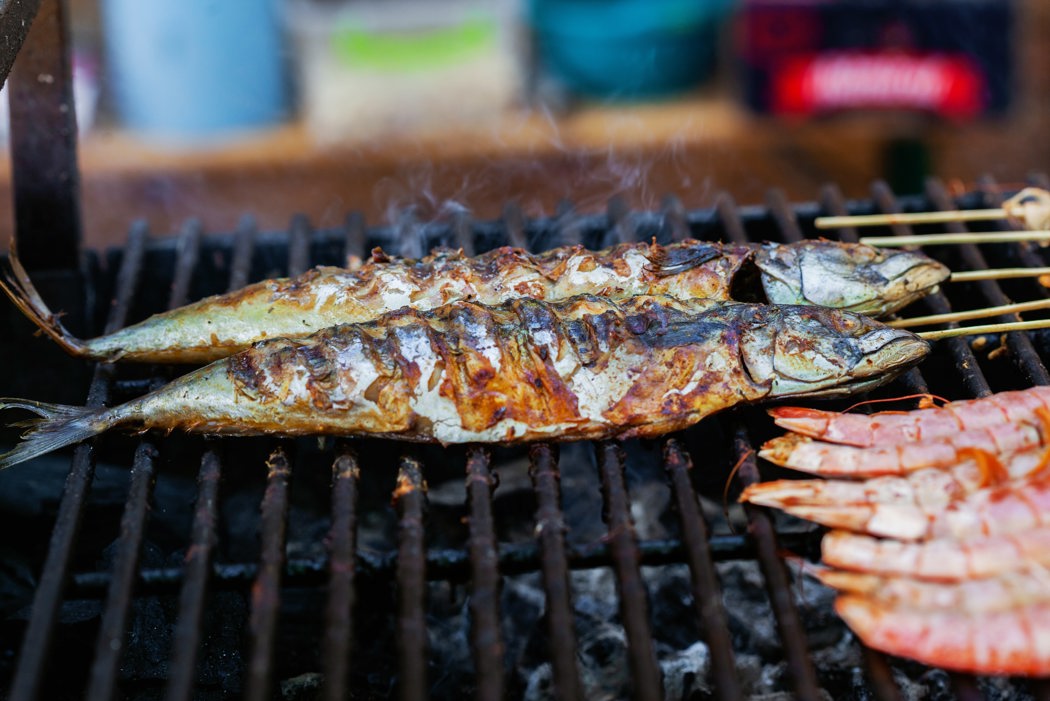
There are many aspects that contribute to this mission. Accurate nutrition that supports the growth, health and performance of farmed species forms the basis for greater efficiency and therefore higher productivity, ensuring that the sector is better prepared to further contribute to global food security. But this is not all, and we cannot do it alone.
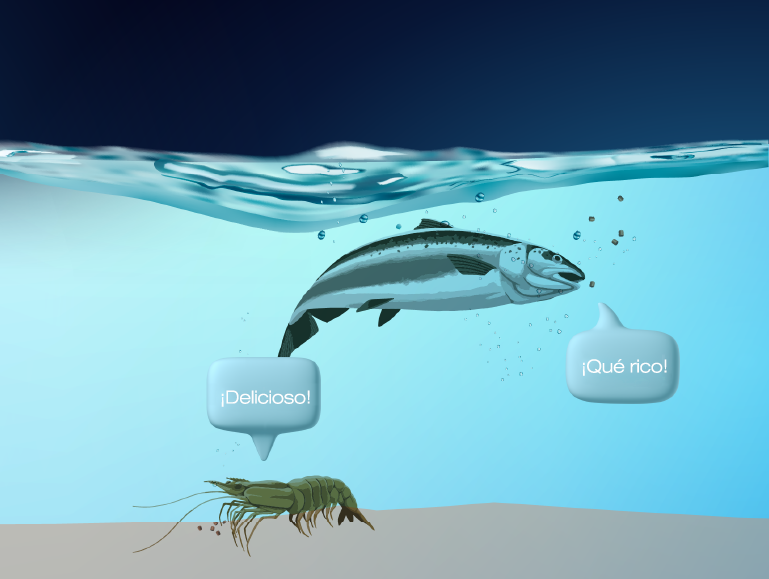
Next chapter
Do you know what fish and prawns like to eat? Because we do!
Don't be fooled by their appearance: fish and shrimp feeds are precisely formulated to nourish specific species, based on their specific life stages and the farming systems in which they are raised. But it's not just nutritional needs that matter, but also eating patterns and priorities.

